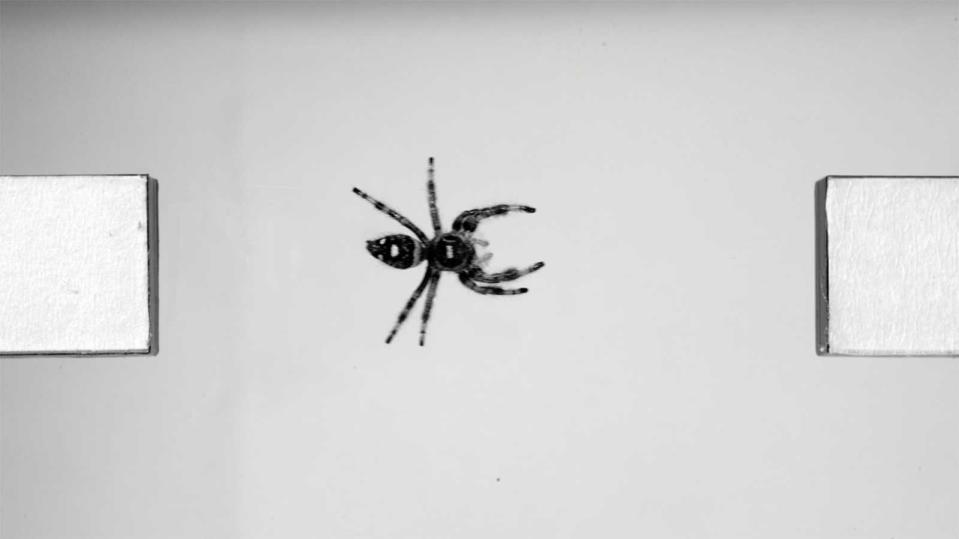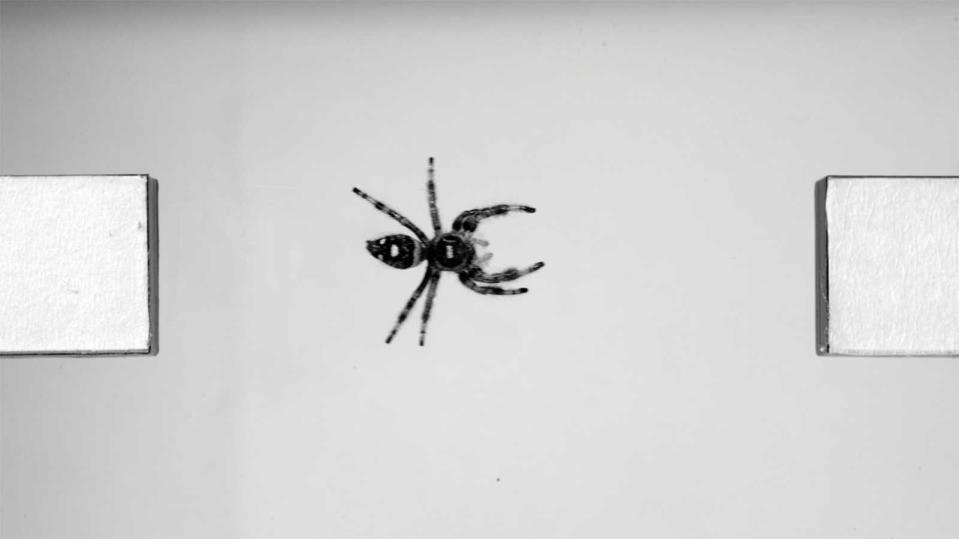Scientists study jumping spiders to create agile robots
There's tremendous power in those eight legs.
However creepy jumping spiders might be, they're undoubtedly biomechanical marvels: they can jump up to six times their body length from a complete stop. Wouldn't that be handy for robots, which don't always have the luxury of a running start? University of Manchester researchers think so. They're using a combination of CT scans and high-speed cameras to analyze the movement of a jumping spider (affectionately named Kim) and see how it could translate to robotics. The team both captured Kim's jumps in slow motion and produced a 3D model to understand the arachnid's body and leg structure at an "unprecedented" level of detail. The results aren't entirely what scientists expected. It's well-known that spiders use hydraulic pressure to stretch their legs, but it's now clear they don't need that power to jump. Also, the jumping strategy changes depending on how far they're traveling and whether or not there's a change in attitude. The spider might focus on speed for a short hop (to quickly catch prey), but a long or elevated leap may conserve energy. There are still unknowns at this point. How exactly do spiders use hydraulic movement, for instance? And modern robotics can't provide the same amount of power and control at a spider's size, so any dreams of tiny arachno-bots will have to wait. Even so, the study suggests that robots shouldn't always be inspired by dogs or humans -- eight-legged critters may be more effective for navigating difficult terrain.


